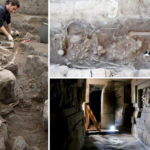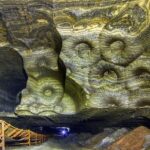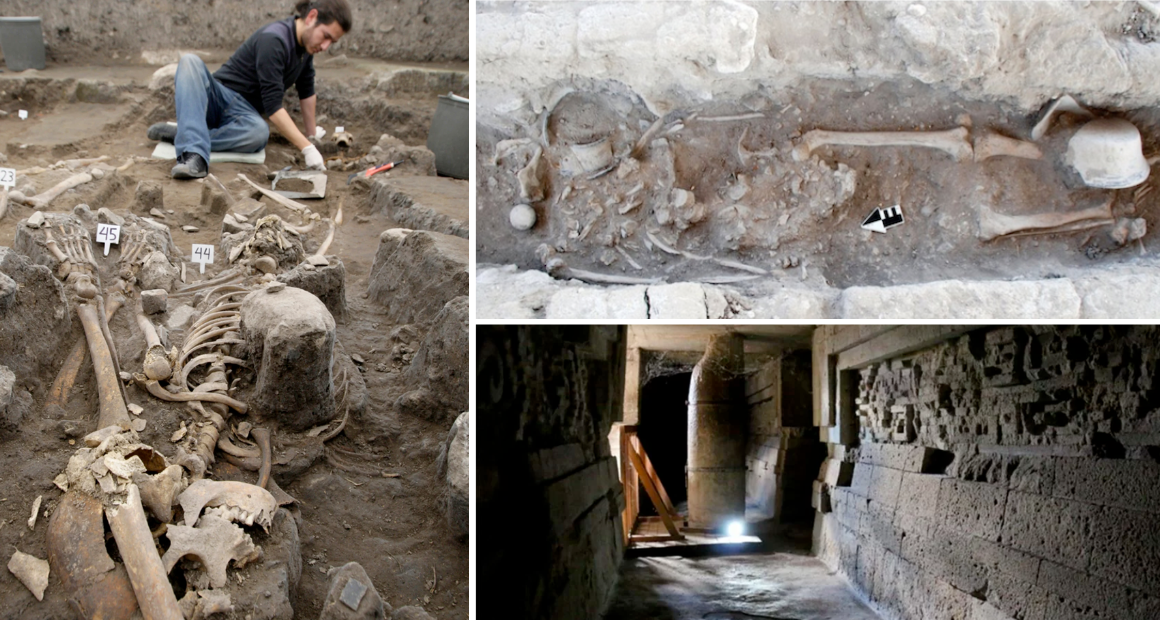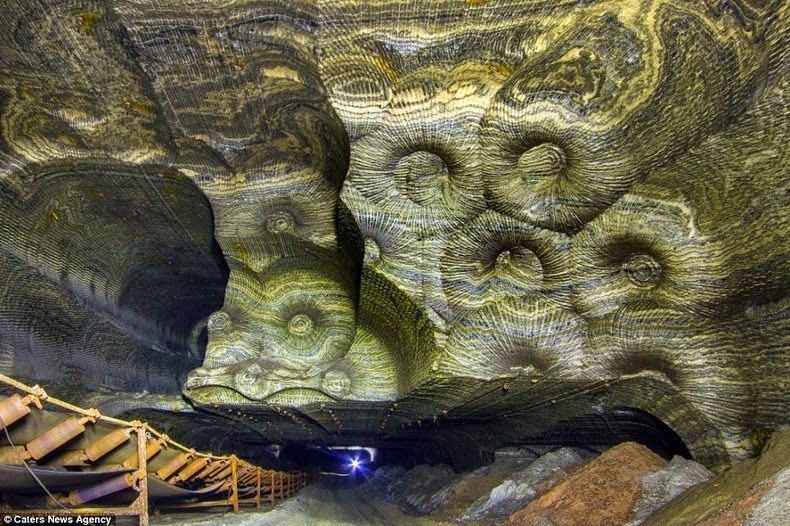
San Galgano is reported to be the first saint whose canonisation was conducted through a formal process by the Church. Consequently, much of the San Galgano’s life is known through the documents of this canonisation process, which was carried out in 1185, just a few years after his death. Furthermore, there are also a number of works written by later authors about the saint’s life.

San Galgano sticking the sword in the stone. Sculpture in the National Pinacotheque, Siena. ( Wikimedia Commons )
San Galgano was born in 1148 in Chiusdino, in the modern Italian province of Siena. His mother is recorded as Dionisia, whilst (in later works) his father’s name is said to be Guido or Guidotti. It is said that San Galgano was only concerned with worldly pleasures in his early life. As a noble, he was a knight trained in the art of war, and was arrogant as well as violent. All this changed, however, and the knight subsequently became a hermit.

The saint’s mother, Dionisia, manages to convince her son to visit his fiancée for the last time before renouncing all worldly pleasures. Donning his nobleman’s clothes, San Galgano sets out to visit his fiancée. On his way there, the saint’s horse suddenly reared, and he was thrown off its back.

Then, an invisible force lifted San Galgano onto his feet, and a seraphic voice led him to Montesiepi, a hill close to Chiusdino. When San Galgano reached the foot of the hill, he was told to stand still and look to the top of Montesiepi. San Galgano is said to have seen a vision of a round temple with Jesus and Mary surrounded by the Twelve Apostles.
Several years after San Galgano’s death, a round chapel was built on the top of Montesiepi, with the sword in the stone as its main attraction.

For centuries, the sword in the stone was commonly believed to be a modern fake. A relatively recent research, however, has shown that the sword is indeed from the 12 th century, based on the composition of the metal and the style of the sword. The researchers also discovered, with the aid of ground-penetrating radar, that there is a cavity measuring 2m by 1m beneath the sword, perhaps containing the body of San Galgano. Lastly, carbon-dating of another curiosity of the chapel – a pair of mummified hands, confirmed that they are also from the 12 th century.











